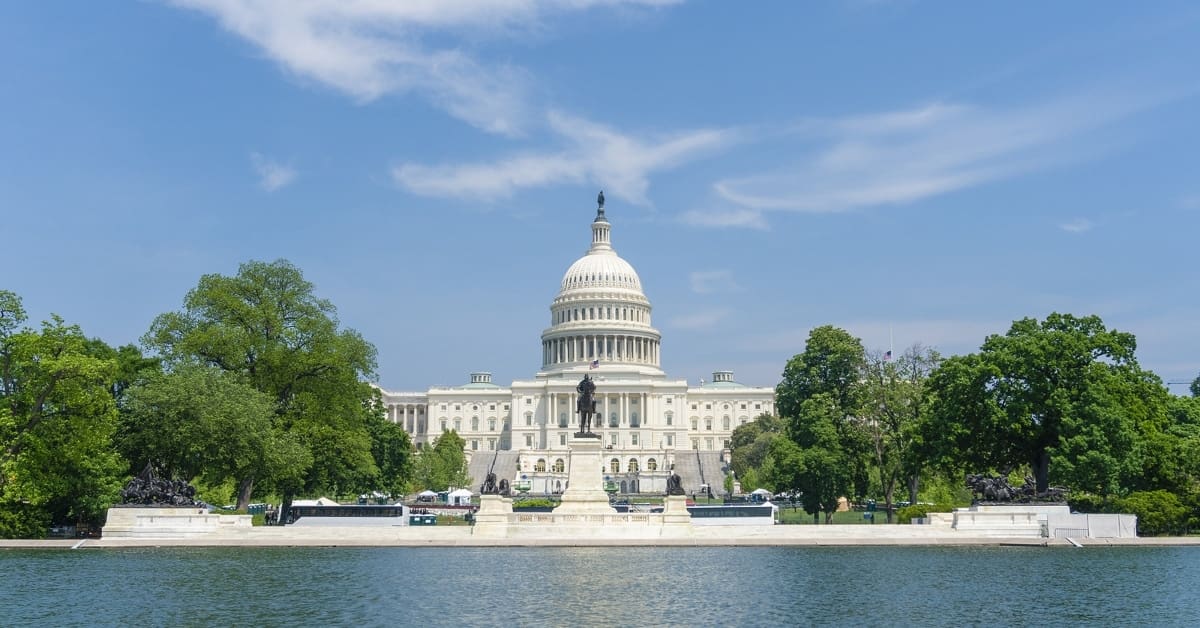
Millions of student loan borrowers will receive their first bills in a matter of days, as student loan payments resume following the end of the Covid-era moratorium.
The Biden administration has taken several steps to ease the transition to repayment. The Education Department has discharged billions of dollars in student loan debt under a variety of temporary initiatives before payments resume. The administration is rolling out a new income-driven repayment plan called SAVE, which officials are touting as the most affordable student loan repayment plan ever. And the Department is in the early stages of developing a new student loan forgiveness plan designed to replace the one that the Supreme Court struck down in June.
One of the most critical components of the Biden administration’s plan to make the return to student loan repayment easier is the so-called “on-ramp” initiative. Starting in October, this 12-month program will reduce the negative impacts of missing student loan payments during this transitionary period. However, borrowers may still incur negative consequences if they don’t pay their student loans.
Here's a breakdown.
Student loan payments resume as covid pause expires
The Covid-era moratorium, which suspended payments and froze interest for most federal student loan borrowers for more than 40 months, officially ended on August 31. Originally intended to last for just six months, former President Trump and President Biden implemented over half-a-dozen short-term extensions, leading to over three years of student loan relief.
While advocates for borrowers had hoped Biden would issue yet another extension of the student loan pause – particularly after the Supreme Court struck down the President’s mass student loan forgiveness plan – that did not happen. Biden signed federal spending legislation passed by Congress to avert a debt ceiling crisis, and this legislation included a provision codifying the end of the student loan pause. Even before the bill passed, the administration had repeatedly said that student loan payments would be resuming by late summer.
Borrowers will have their first student loan payments due in October. Loan servicers should begin sending out official billing statements in the coming days, and many borrowers have already received notifications of the amount they will have to pay.
On-ramp initiative designed to protect borrowers who miss student loan payments
The Biden administration first announced the on-ramp initiative in June. “The Department is instituting a 12-month ‘on-ramp’ to repayment, running from October 1, 2023 to September 30, 2024, so that financially vulnerable borrowers who miss monthly payments during this period are not considered delinquent, reported to credit bureaus, placed in default, or referred to debt collection agencies,” said the Education Department in a statement issued on June 30.
The Department followed up with further guidance for borrowers, saying that, “Normally, if you miss payments, your loan is considered delinquent and is reported as such to the national credit reporting agencies. But during the on-ramp period, your loan servicer will automatically apply a forbearance to your student loan account for the payments you missed. These retroactive forbearances will be applied through Sept. 30, 2024.” The retroactive forbearance will keep borrowers in good standing on their loans.
This means that borrowers with government-held federal student loans – including all Direct loans and any government-held FFEL loans – will not go into default if they miss payments during the on-ramp period. And the Department won’t report a borrower’s loans as “delinquent” to credit bureaus if payments are missed.
“You do not need to request or enroll in the on-ramp period,” says the Education Department. “If your loans were eligible for the payment pause, you are automatically eligible for the on-ramp.”
Missing student loan payments could still have consequences
But while the on-ramp initiative may eliminate some of the worst consequences of missing payments, it doesn’t mean that borrowers will experience no negative outcomes if they don’t pay their student loans.
The Department quietly included a caveat to its online guidance on the on-ramp period, stating that while student loan delinquencies will not be reported to credit bureaus, “We do not control how credit scoring companies factor in missed or delayed payments.” This suggests that borrowers who miss payments could still incur negative credit reporting outcomes for missed or late payments, and missing payments “could also impact your credit score.”
In addition, interest will still accrue during the on-ramp period. While Biden’s new SAVE plan eliminates interest accrual that exceeds a borrower’s monthly payment, that does not mean that all interest is waived, unless a borrower is enrolled in SAVE with a calculated monthly payment of $0. And since that interest subsidy is unique to the SAVE plan, borrowers in other student loan repayment plans will experience interest accrual as they did before the student loan pause went into effect. The Education Department indicates that 4 million borrowers have enrolled in SAVE so far, but that means that millions of borrowers remain in other student loan repayment plans.
“Not making a payment will result in you owing more on your student loans,” warns the Department in online guidance. “As interest builds up, your servicer may also be required to increase your monthly payment to ensure you pay off your loans on time,” for borrowers on Standard, Graduated, or Extended repayment plans.
Moreover, unlike during the student loan pause period, during the on-ramp period, missed payments will no longer count toward student loan forgiveness under Income-Driven Repayment (IDR) plans or Public Service Loan Forgiveness (PSLF). So borrowers who are on track for these programs must resume making qualifying on-time payments if they want to continue to progress toward eventual student loan forgiveness.
Not sure what to do with your student loans?
Take our 11 question quiz to get a personalized recommendation for 2024 on whether you should pursue PSLF, Biden’s New IDR plan, or refinancing (including the one lender we think could give you the best rate).
